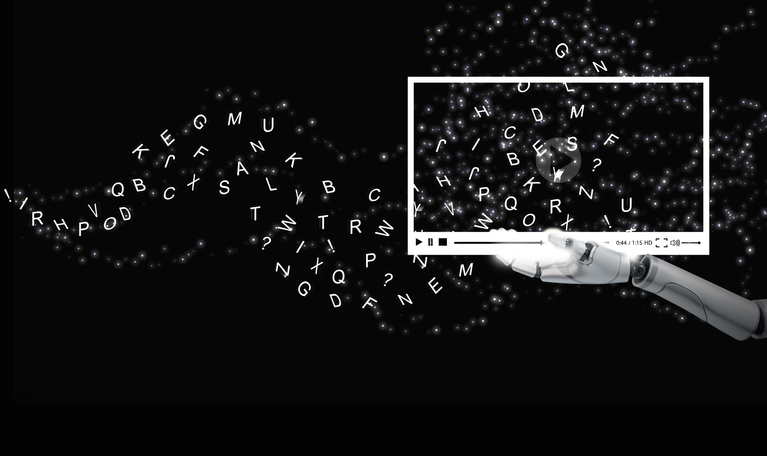The American Cancer Society is betting on generative AI’s potential to accelerate cancer research, having struck a multi-year collaboration with Layer Health this month.
Boston-based Layer, founded in 2023, is a healthcare AI company that uses large language models (LLMs) to improve data abstraction and draw insights from EHR data. Working together, the partners will abstract data from thousands of medical charts of patients enrolled in the American Cancer Society’s research studies.
The types of data elements being abstracted include information about a patient’s cancer, such as their cancer stage or biomarkers, as well as information about a patient’s treatment journey, such as their dates of imaging or surgeries.
In the past, the American Cancer Society manually abstracted information from charts to conduct their cancer prevention research. This manual process would take more than a year, said Layer CEO David Sontag.
AI can make the process happen much faster, he noted.
Once a health system configures Layer’s platform to abstract a given data element, the AI can be run against thousands of patient notes in a matter of hours, Sontag said.
In May of last year, the American Cancer Society conducted a pilot program that applied Layer’s AI to 200 patient charts. The pilot found that Layer’s AI outperformed human abstraction with 95-100% accuracy.
“The significance of being able to get results that are equally accurate as humans, but in a fraction of the time, means that ACS researchers can start to analyze the data quicker to accelerate their vital research. Having a scalable solution for abstraction also enables a broader scope of data elements to be pulled from the charts — enabling researchers to ask and answer even more nuanced/deeper questions about the study population,” Sontag explained.
By scaling its collaboration with Layer, the American Cancer Society is seeking to accelerate its chart abstraction, as well as expand the scope and number of data elements abstracted from each chart, all while preserving accuracy, he said.
To measure the success of these goals, Sontag noted that Layer will closely track the accuracy of the extraction for each data element and the speed of turnaround for the charts.
The generations of natural language processing technology that came before LLMs failed to generalize well across patient records from different health systems — only performing well if the input data was very standardized, Sontag pointed out.
“LLMs are more flexible and contextually aware. This enables LLMs to perform strongly even when data from thousands of different clinics and hospitals looks different — therefore enabling this work to scale,” he declared.
Photo: Carol Yepes, getty Images




